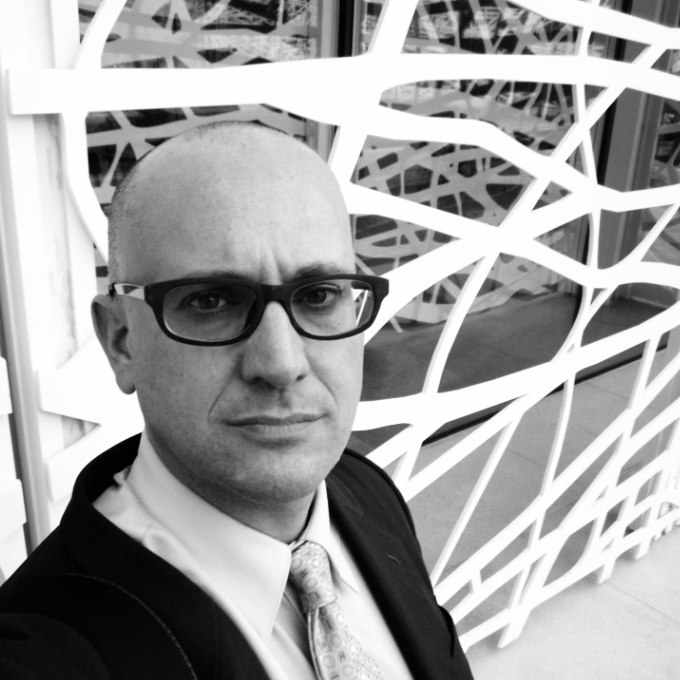Nine years may seem like a long time, but if you are involved in energy policy within the European Union, time flies too fast. The European Union has set a goal of sourcing 20% of its energy needs by 2020, and many of the EU’s member states are struggling to meet that initiative’s goals.
One city that is aggressively pursuing cleaner energy sources is Paris. In 2007 the city adopted a Climate Action Plan that requires that 30% of its energy needs are met by renewables. The plan will includes energy efficiency programs, building retrofit programs, and even the installation of photovoltaic cells on street benches and insulated park kiosks. Paris is turning into a renewable energy laboratory: one project transfers body heat from the city’s subway to generate heat in an apartment building. Now heat recovered from sewer pipes will warm a public school.
Last week a primary school launched a new heating system that draws energy from nearby sewer pipes. The joint project between the city’s water department and two companies, CPCU and Lyonnaise des Eaux, employs the following steps:
- Waste water from homes and business darts from shower drains, washing machines, and other sources through sewer pipes at a temperature ranging from 45 to 68 degrees Fahrenheit.
- In pipes where the sewage flows fast enough to maintain a constant temperature, a steel plate installed by Lyonnaise comes in contact with that waste water.
- That steel plate has a series of pipes through which a coolant circulates.
- The fluid in turn is directed to a heat pump that concentrates the heat as high as a temperature of 140 degrees Fahrenheit.
- In turn that heat is transmitted through the school’s HVAC system, which heats the rooms.
This process requires no combustion and is one that works in densely built areas or in neighborhoods with high heat consumption. A building that benefits from such a heating system must also be within 550 yards of a sewer in order to maximize the system’s energy efficiency.
For the Wattignies school that will benefit from this system, the new energy source will cover about 70% of its annual heating needs, and prevent about 76 tons of CO2 from spewing into the atmosphere. The city plans to implement the system in additional schools, government buildings, and eventually, the Élysée Palace, the current home of fashion model and singer Carla Bruni and of course, President Nicholas Sarkozy.
This first such system cost about 400,000 Euros, a steep sum. City officials, however, claim that up to 10% of Paris could eventually be heated by this method.
Leon Kaye is the Editor of GreenGoPost.com; you can follow him on Twitter.

Leon Kaye has written for 3p since 2010 and become executive editor in 2018. His previous work includes writing for the Guardian as well as other online and print publications. In addition, he's worked in sales executive roles within technology and financial research companies, as well as for a public relations firm, for which he consulted with one of the globe’s leading sustainability initiatives. Currently living in Central California, he’s traveled to 70-plus countries and has lived and worked in South Korea, the United Arab Emirates and Uruguay.
Leon’s an alum of Fresno State, the University of Maryland, Baltimore County and the University of Southern California's Marshall Business School. He enjoys traveling abroad as well as exploring California’s Central Coast and the Sierra Nevadas.














